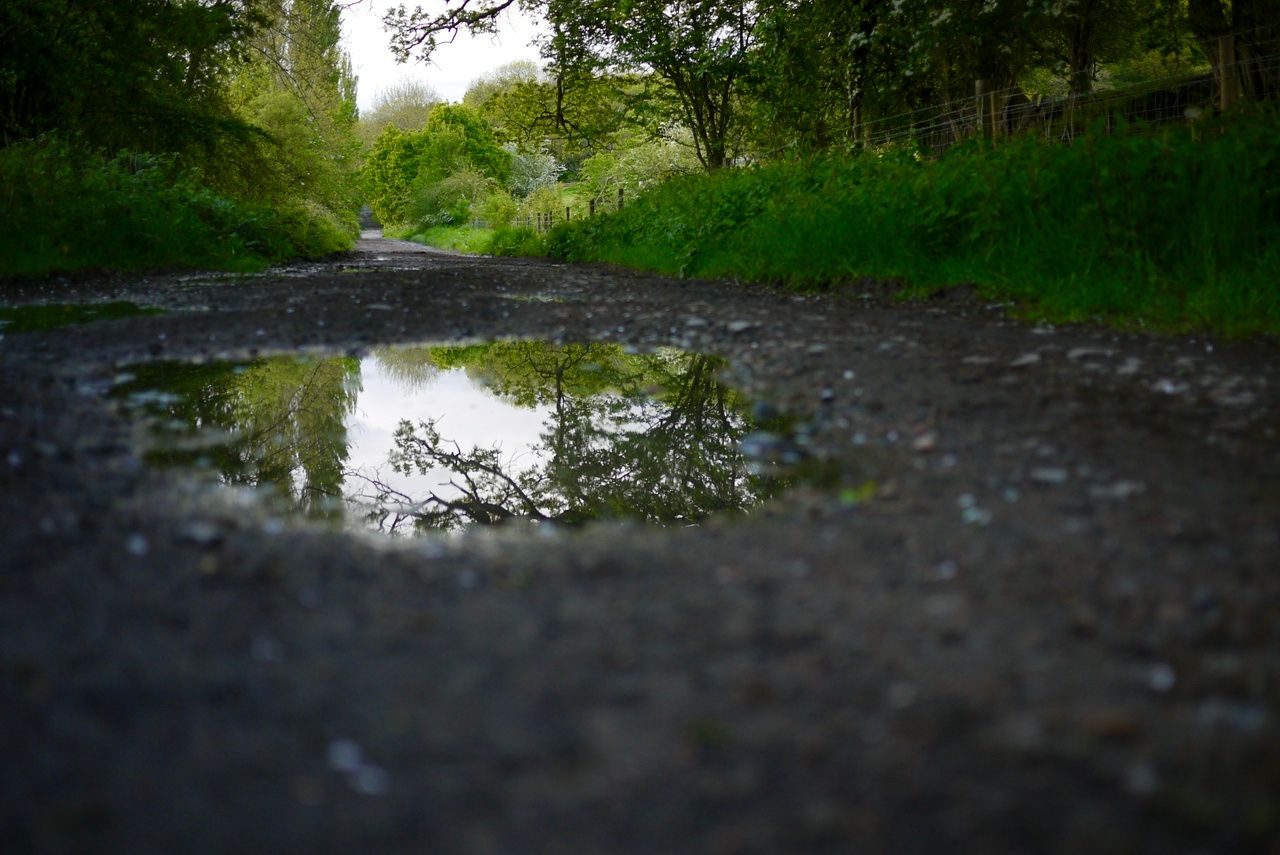The landscape of private names
Pig Path. Blue Gate. Muddy Path. The prosaic names I gave to my childhood landscape embodied a world that no map could ever properly capture.

As a cartophile, I love what maps tell us about our past and present worlds: trace a finger along a contour and you can almost feel the shape of the land; follow the disused railways snaking their way across the grid and the ghost trains steam back to life. But maps will never tell the full story. And that’s because we define our personal landscapes from a young age using what rural historian Jeremy Burchardt calls private names.
Children give their own – often prosaic – names to the places around them. I still use many of the private names from my childhood. A track near my parents’ house will always be the Pig Path to me, even though the pig farm it led to has long since closed. Similarly, I call the field entrance near to their house the Blue Gate, even though it was replaced with one of another colour years ago.
The Muddy Path still lives up to its name. But ‘muddy’ is a description that could apply to almost any of the local paths for much of the year, so it’s still not that helpful to anyone else. This, though, is precisely the point of private names: they create a secret landscape that only the namer can define and map in their mind. For children, this offers a chance to transform the familiar and adult-controlled into a place of their own.
This doesn’t mean that private names become redundant as we grow up. By learning about other people’s private names for places, we discover more about our surroundings and about each other. I found out recently that the older people on my street know the nameless (to me, at least) steep slope on the local common as Red Hill. And they call the field above the church Candles Meadow.
Neither name appears on a map or in any internet search, but they are as real and important as those that do – because of the memories they carry with them. My neighbour Tony and his pals didn’t go sledging on a nameless grassy slope when they were young (they also sledged down the main road, but that’s another story). No, they sledged on Red Hill. And now I’ve had a glimpse into their private world, Red Hill is no longer just a name to me – it’s a group of childhood friends playing in the snow one cold post-war winter.
I’m reminded of Hugh, the headmaster of the hedge school in Brian Friel’s play Translations when he says that ‘it is not the literal past, the “facts” of history, that shape us, but images of the past embodied in language’. The language of private names embodies childhood worlds that no map can ever capture.
I smile at this thought whenever I walk down the Pig Path. The pigs are long gone, but my childhood self still walks with me.

